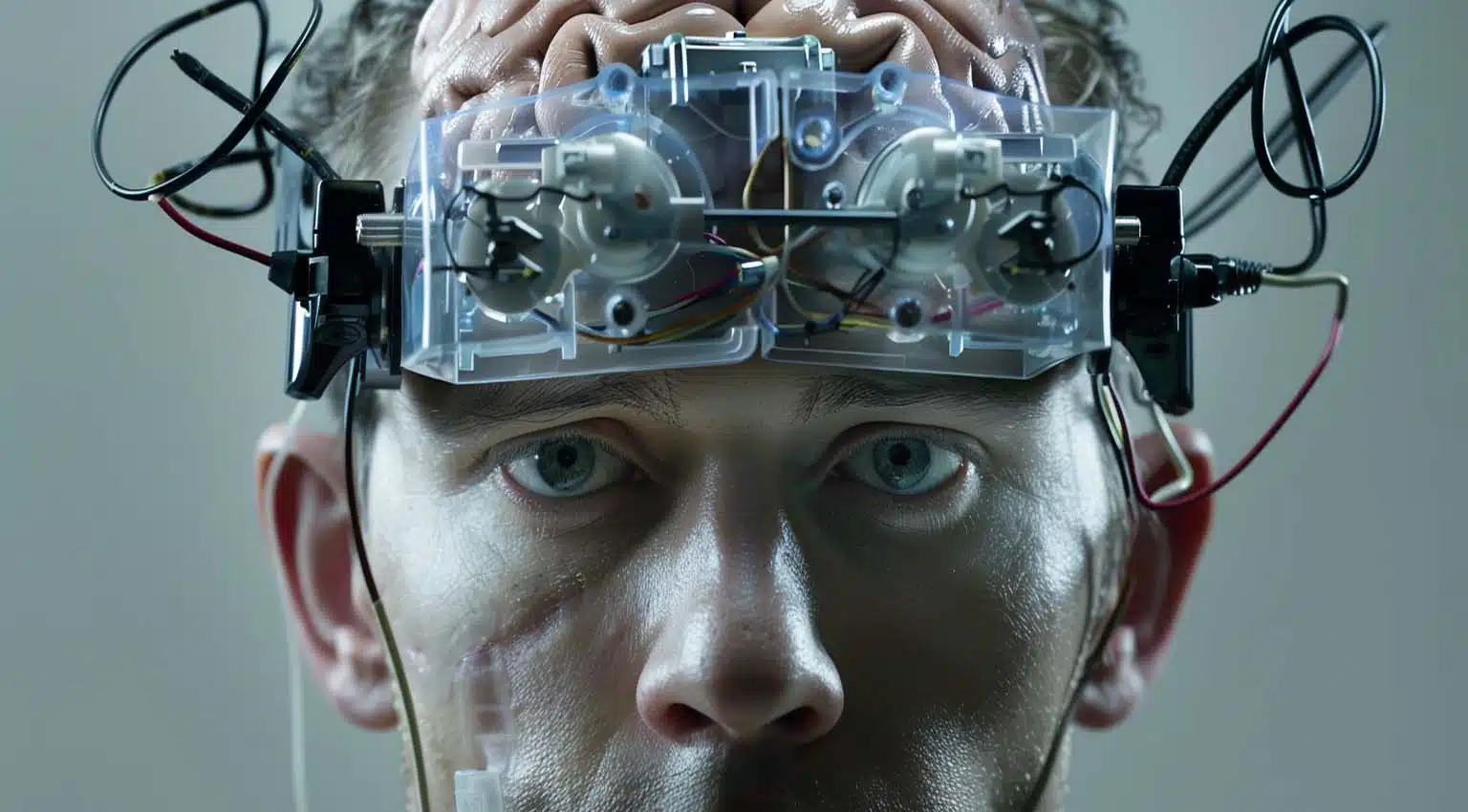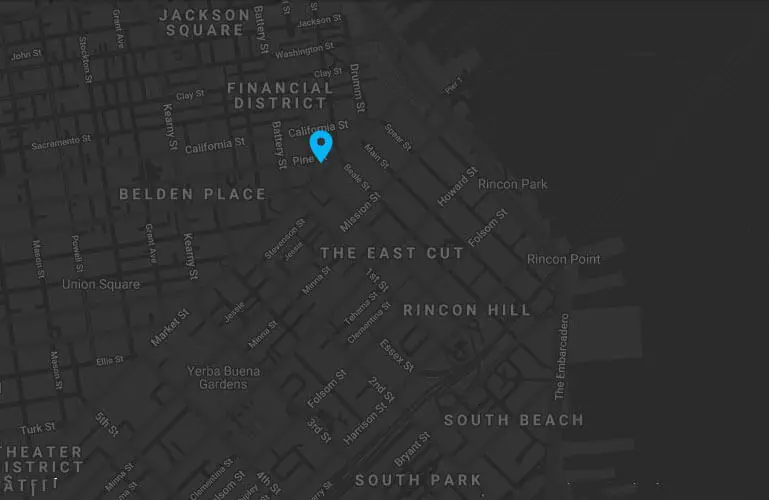Neuralink: The Mind of the Machine.
The human-computer interface (HCI) has evolved dramatically since punch cards and green text screens. Today, sleek touchscreens and voice assistants dominate our interactions with the digital world. But what if the next leap isn’t merely a refined interface, but a direct neural connection? Enter Neuralink, a neurotechnology company aiming to implant brain-computer interfaces (BCIs) and redefine our relationship with technology, including, potentially, web design.
While Neuralink’s current focus lies on medical applications like restoring lost limbs’ functionality, the potential for broader implications, including in web design, is undeniable. Let’s delve into the fascinating possibilities and explore how Neuralink could reshape the way we interact with websites:
1. Beyond Screens: Direct Neural Input:
Imagine navigating a website not by tapping or swiping, but by directly thinking your commands. Neuralink’s BCI could translate neural signals into actions, allowing users to scroll, interact with elements, and even manipulate 3D content through mere thought. This eliminates the need for physical interfaces, potentially leading to websites that exist directly within the mind’s eye, controlled by the user’s intent.
2. Personalized Experiences: A Symphony of Senses:
Neuralink wouldn’t just transmit commands; it could also receive sensory data. Imagine a website that adapts to your emotional state, tailoring content and visuals based on your real-time mood. Imagine learning languages by directly absorbing information through your neural interface, or experiencing virtual worlds with a level of immersion previously unimaginable. Web design would transcend the visual, incorporating a symphony of emotions and sensations.
3. The Rise of Neuro-Aesthetics:
Understanding how neural activity responds to different design elements would become crucial. Web designers would become “neuro-aestheticians,” optimizing layouts, colors, and interactions to trigger specific neural responses, influencing user attention, engagement, and even purchasing decisions. This new design paradigm could revolutionize how websites influence our thoughts and behavior.
4. Ethical Considerations of Neuralink: A New Frontier of Privacy:
Direct neural access raises significant ethical concerns. Privacy becomes paramount. Who owns the data generated by your brain activity? How will it be used? Can it be manipulated? Furthermore, questions of accessibility arise. What about individuals with pre-existing neurological conditions? Will they be excluded from this new digital landscape? Addressing these ethical, legal, and societal implications will be crucial before widespread adoption of Neuralink-based web design.
5. The Slow Dance of Technology and Humanity:
Despite the potential, widespread adoption of BCI-based web design remains a distant future. Neuralink technology is in its early stages, facing significant technical and regulatory hurdles. However, the potential impact is undeniable. It’s not just about websites; it’s about fundamentally changing how we interact with and experience the digital world.
Neuralink – The Road Ahead:
The journey towards Neuralink-powered web design is long and winding. Technical advancements, ethical considerations, and societal acceptance must all be addressed. However, the potential benefits are immense.Imagine a world where websites are not just accessed, but truly felt, understood, and interacted with on a deeper level. This future, while distant, demands our attention and thoughtful exploration.
Neuralink – Beyond The Web:
This article has explored the potential impact of Neuralink on web design, but the implications extend far beyond the digital realm. Consider the impact on education, entertainment, communication, and even our understanding of consciousness itself. The possibilities are both exciting and daunting, urging us to carefully consider the ethical and societal implications of this emerging technology.
Ultimately, Neuralink represents not just a technological advancement, but a potential paradigm shift in our relationship with technology. As we ponder the future of web design, we must also contemplate the future of ourselves, and the choices we make along the way.


